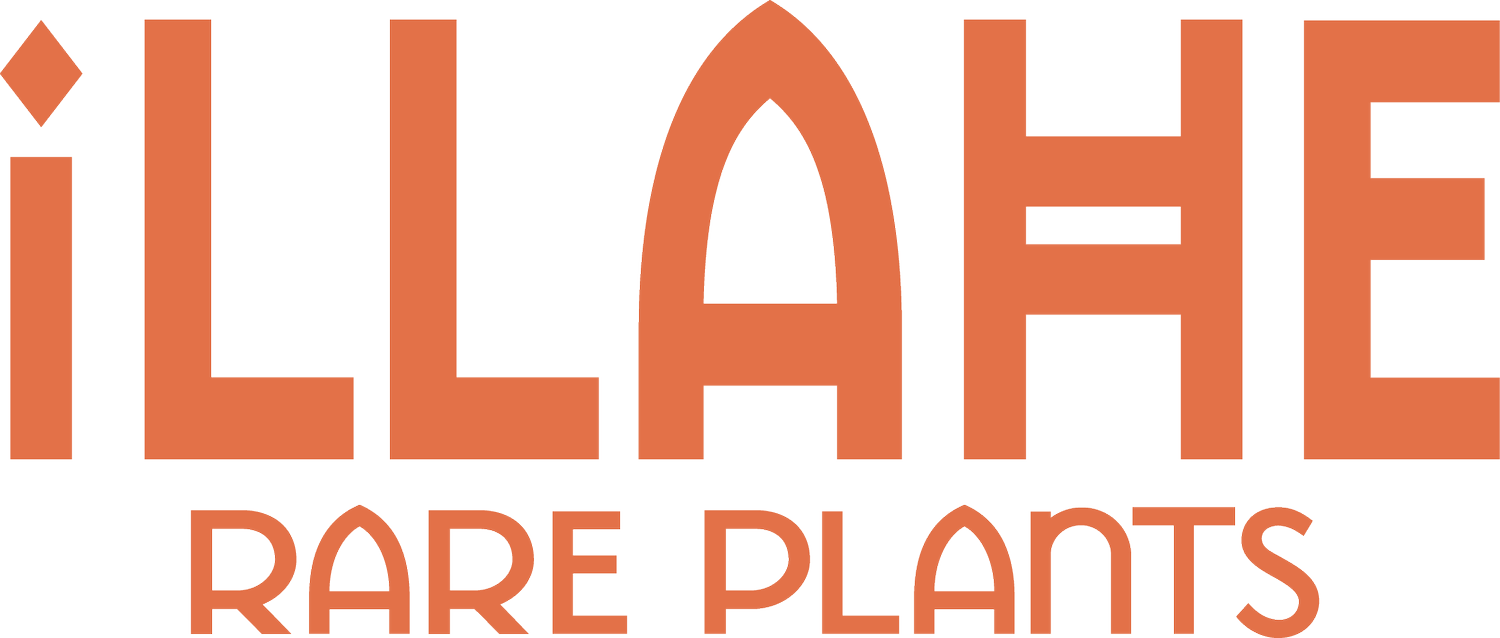Where the wild things are part 6
"There should be a place where only the things you want to happen, happen"
Maurice Sendak.....Where the Wild things are
 |
| One of my all time favorite botanical exploration areas the Kalmiopsis |
I got back out on an adventure, this spring break, the kind of adventure I have been needing for a long time. This past year, I've been chained mostly to a desk, doing farm subsidy work for a soil and water conservation district. A good job, helping farmers try to be better stewards of the land, but not one for a person whose soul is in the wild places and his hands need to be in the dirt. To kick off a new chapter in life, I hit the road to explore the wild places and see if I could find one of the illusive Fritillaria's I've been hoping to encounter in the wild. If I can make it happen I'm gonna make it happen now.
 |
| Some plants blooming at the lowest elevations of the Eight Dollar mountain area, were almost All yellow, but still none of those solid yellow bells that I've seen of F. glauca |
 |
| My partner, and botany exploration companion Joleen demonstrating the size of the blooming Fritillaria we encountered. |
 |
| If these were straight affinis they are some of the best forms I've come across With the patterning and yellow on brown tones. |
 |
| If that doesn't have some F. glauca genetics in it I would be surprised. |
 |
| Some of the more golden and less brown mottled selections, but still Seeming to look more like some affinis populations I have seen. |
Stay tuned for part 7 and 8 of the Wild things series where we look at a Darlingtonia fen, Trilliums, Fawn lilies and a host of great rock garden plants that were blooming in this early season visit to a place I'll be coming back to a lot now that I'm not chained to a desk anymore.
Cheers,
Mark


